|
12/3/2023 Itinerary for South Texas March 2025: Cranes, Lower Rio Grande Valley & Hill Country Specialties!Read NowSouth Texas March 2025: Cranes, Lower Rio Grande Valley & Hill Country Species! March 22-27 6 Days & 5 Nights Max: 6 Participants Day 1 (Saturday, March 22nd, 2025): If you plan on flying into San Antonio, please try and book a flight that lands AFTER 12pm! Once everyone lands and we are all loaded into the van, we will start the trek towards Corpus Christi. This will be about a two and a half hour drive from the airport. We will get checked in, settle into the hotel, and go out for dinner. Night 1: Corpus Christi, Texas Day 2 (Sunday, March 23rd, 2025): Species of focus: Whooping Crane, Piping Plover, Red Knot, Reddish Egret, Aplomado Falcon, Red-crowned Parrot, Green Parakeet, Tropical Kingbird, and Altamira Oriole We will leave the hotel after packing up and eating breakfast and set out east towards Goose Island State Park. Shortly after departing Corpus Christi, we will pass over Corpus Christi bay just to the east of town. On the east side of the US Highway 181 Bridge, there is a large protected peninsula of coastline and tidal lagoons called Indian Point and Sunset Lake Park. We’ll make a brief stop here while on the way to Goose Island State Park. We’ll look for Clapper Rail, shorebirds, gulls, terns, and anything else that may catch our attention on this first stop. Clapper Rail at Sunset Lake Park by Colin Dobson Goose Island State Park is just over thirty minutes east of Sunset Lake Park. We will not enter the park directly, but on the north side is the most accessible location to view wintering Whooping Cranes! We’ll spend some time getting visuals of these magnificent birds. We’ll also likely see Sandhill Cranes, as well as more shorebirds, gulls, and terns flying around or on Saint Charles Bay right in front of the cranes. After viewing one of the largest birds in all of North America, we will continue southeast towards Mustang Island. We’ll take a very short ferry along the way just before reaching the island. We’ll make two brief stops on this island. The Leonabelle Turnbull Birding Center and to view Aplomado Falcons on the southern end of the island. We may see even more Whooping Cranes at the observation deck of the birding center, as well as hundreds of shorebirds, gulls, terns, and wading species with amazing views from a boardwalk and observation tower. There have even been a few wild American Flamingos here throughout fall 2023, perhaps we’ll be lucky and see these as well here! Lastly, we will drive up and down Texas Highway 361 to look for a few Aplomado Falcons that frequent the Mustang Island State Park property. If for some reason we do not have luck, or would like to see them again, we will have chances to see them in the next couple of days! We’ll then embark on a longer drive to one of the most heavily traveled to regions in the United States for bird-watching, the Lower Rio Grande River Valley (LRGV). Since we will be arriving during the afternoon, we will not visit any of the key birding sites to view LRGV specialties. Perhaps we will spend the afternoon scoping the thousands of shorebirds of over twenty species which call the tidal flats along Boca Chica Road home during winter. We’ll see thousands of Dunlin, Western Sandpipers, and dowitchers, and have chances to see Snowy, Wilson’s, and Piping Plovers, as well as some harder to see shorebirds such as Red Knot and Long-billed Curlew. Boca Chica Road is also a great location to see several, if not dozens of Reddish Egrets, as well as another chance to see an Aplomado Falcon! Lastly, we will end our first full day of birding (after a sit down dinner) at a large parrot roost on the northside of Brownsville at Oliveira Park, Hundreds of parrots flock to this park to roost together every evening, of many species. It’ll sound like we are truly in the tropics! There are also a few Green Parakeets around as well as a few trip firsts such as Tropical Kingbird and Altamira Oriole. Night 2: Weslaco, Texas Day 3 (Monday, March 24th, 2025): Species of focus: Plain Chachalaca, Common Ground, White-tipped & Inca Doves, Common Pauraque, Buff-bellied Hummingbird, Least Grebe, American Oystercatcher, Hook-billed Kite, Gray, Harris’s & White-tailed Hawks, Ringed & Green Kingfishers, Golden-fronted Woodpecker, Aplomado Falcon, Rose-throated Becard, Great Kiskadee, Couch’s Kingbird, Green Jay, Black-crested Titmouse, Long-billed Thrasher, Clay-colored Thrush and (Mangrove) Yellow Warbler We’ll spend the next two full days crisscrossing the valley visiting all of the sites to see the classic LRGV specialties, as well as a few Mexican vagrants that can be found scattered throughout the region each winter. In general, the parks in order will be the ones we will visit and the order that we will stop at them, but depending on rarities in the region, the order may change or other sites may be visited! Estero Llano Grande State Park: My favorite park in the LRGV! This smaller park encompasses all of the primary habitat in the valley, therefore being a wonderful site to see most of the southern specialties without too much area to cover! We’ll spend the whole morning on this day traversing the park between the old campground, walking up and down each road looking to see what may be around. There are also plenty of feeders along and just east of here. Some species we’ll look for here are Plain Chachalaca, White-tipped Dove, Buff-bellied Hummingbird, Golden-fronted Woodpecker, Great Kiskadee, Couch’s Kingbird, Green Jay and Olive Sparrow. If we do not see much, we can at least pick fun at the roads that are all named after birds in this area and take pictures with them, ha! We’ll walk around the trails and boardwalks over the pools in front of the visitors center looking for lingering waterfowl and Least Grebes. Lastly, we’ll take a walk to the southeastern portion of the park to look for a roosting Common Pauraque or Green Kingfisher, as well as some wading species such as night-herons. Common Pauraque from Estero Llano Grande State Park Resaca de la Palma State Park: Closer to Brownsville but one of the hottest sites for birds in recent years, especially fall of 2023, Resaca de la Palma is another great property in the valley to look for LRGV specialties, and even more with Mexican vagrants that can be found around the Visitor Center or nearby. This is a great location to look for Rose-throated Becard in recent springs. As of November 2023, there is a Roadside Hawk, as well as Texas's first Gray-collared Becard, so perhaps we can find some very rare US species or perhaps find our own! Other species we will look for here include Inca Dove, Crested Caracara, and Long-billed Thrasher. Rose-throated Becard at Resaca de la Palma State Park South Padre Island Birding & Nature Center: We’ll take a break from the forested properties of Hidalgo and Cameron Counties and take an afternoon trip over to South Padre Island. More specifically we’ll spend a couple of hours birding the Bird & Nature Center and the boardwalks over the surrounding marshes and mangrove swamps. We’ll see plenty of more shorebirds, terns, and waders, as well as some lingering ducks, Common Gallinules and American Coots, but also have the chance to not just see an early migrant or two, but the Mangrove subspecies of Yellow Warbler. We’ll get great views of all of these species close up from the boardwalk which will provide great photo opportunities and study species up close! View of tidal marshes and mangrove swamps from the South Padre Island Birding Center We’ll also check out some sites nearby on the mainland as we’re coming and going from South Padre Island. The most well known Aplomado Falcon area is just west of Port Isabel and we’ll take a stop to see if we see one around the platform viewing area. There are also plenty of Long-billed Curlews and White-tailed and Harris’s Hawks throughout this area as well. We’ll also make stops at a couple of parking lots along Texas Highway 48. At these parking lots, hundreds of shorebirds, gulls, and terns can be seen. The species we’ll be focusing on at these sites include American Oystercatcher, Wilson’s Plover, and all of the tern species. Night: Weslaco, Texas Day 4 (Tuesday, March 25th, 2025): We’ll spend another day trekking the LRGV. On this day we will focus on species we may have missed on the prior day by checking sites on the west end of the LRGV. We will likely spend the evening up at Salineño and Falcon Lake State Park searching for a few species that are a little harder to find in the LRGV. Species of focus: Common Ground Dove, Hook-billed Kite, Gray, Broad-winged, & Zone-tailed Hawks, Ringed Kingfisher, Northern Beardless-Tyrannulet, Black-crested Titmouse, Curve-billed Thrasher, Clay-colored Thrush, Lark Bunting, and Green-tailed Towhee Santa Ana National Wildlife Refuge: This large refuge is located directly on the border with the Rio Grande River. We’ll arrive here just after sunrise and spend the early morning hours looking for passerines, including Northern Beardless-Tyrannulet and Clay-colored Thrush. By mid-morning, we’ll make our way up to the observation tower to look for raptors that are lifting up and are beginning to migrate. We’ll specifically look for one or two Hook-billed Kites that have been found annually here in the spring, but we’ll also look for other raptors lifting off such as Gray and Broad-winged Hawks. Once one Plain Chachalacas are expected throughout the sites. We’ll likely hear them loud first before we see them! At times it sounds like they are laughing! Bentsen Rio Grande State Park: Similar to Santa Ana with both being a very large property as well as bordering the Rio Grande, Bentsen Rio Grande SP will be our last location within the true LRGV. We’ll spend our time getting the best visuals we can of plenty of species including Plain Chachalacas, Golden-fronted Woodpecker, Long-billed Thrasher, and Olive Sparrow. We’ll also keep our eyes to the sky here as well because this is another great location to look for Hook-billed Kites and other raptors soaring over, including a better chance to see Zone-tailed Hawk. Green Jays are common throughout any site that we will visit in the LRGV. Western Hidalgo County: We’ll spend a couple hours after Bentsen Rio Grande State Park traversing back roads in the county, or possibly stopping at a couple of public sites within the Lower Rio Grande Valley National Wildlife Refuge system. We’ll be looking at some sparrow species that overwinter here as well as a few western species that are at the edge of their range limits. Some of these species include Ash-throated Flycatcher, Verdin, Curve-billed Thrasher, Black-throated Sparrow, Lark Bunting, Green-tailed Towhee, and Pyrrhuloxia Curve-billed Thrasher is a species we’ll look for in the drier locales of the LRGV. Night: Rio Grande City, Texas Species of focus: Mexican Duck, Red-billed Pigeon, Brown Jay, Audubon’s Oriole, Tropical Parula, and Morelet’s Seedeater. This next morning we will get up early and continue up the Rio Grande River. We’ll spend this day between Salineno and Laredo including morning birding at the Santa Margarita Ranch searching for the only known Brown Jays currently in the US. If we do not have the best luck in the Salineno area, we’ll drive up to Laredo and bird the Max A Mandel Golf Course a few miles north of Laredo. Species that we will look for on this day include Red-billed Pigeon, Black Phoebe, Chihuahuan Raven, Brown Jay, Audubon’s Oriole, Morelet’s Seedeater. Audubon’s Oriole along the Rio Grande River in Webb County, Texas Once we are completed with these sites, we’ll continue north towards Brackettville. If we make it in time, we’ll spend a couple of hours birding Fort Clark Springs, where we will be staying. We’ll still have chances to see plenty more of the LRGV species we have been seeing the last few years, but a few other species include Mexican Duck, Cactus Wren, and plenty of overwintering passerines, maybe even an early returned Tropical Parula if we are lucky! After dinner, if there is interest among the group, we will set out for a couple of hours to look for some nocturnal species around Brackettville, including Common Poorwill, Barn Owl, (McCall’s subspecies) Eastern Screech-Owl, and Elf Owl! Despite being away from the Rio Grande River, some LRGV species can be seen in Fort Clark Springs, including Great Kiskadee. Night: Brackettville, Texas Day 6 (Thursday, March 26th, 2025): Species of focus: Hutton's & Black-capped Vireos, Woodhouse’s Scrub-Jay, Cassin’s Sparrow, Scott’s Oriole, Golden-cheeked Warbler, and Painted Bunting We will likely spend an hour after breakfast birding around Fort Clark Springs looking for birds we may have missed on the evening prior, but we’ll pack up and move northwest. We’ll spend an hour or two traversing roads northeast of Brackettville, searching for a few western species. Some of these include, Cassin’s Sparrow, Pyrrhuloxia, with some other possibilities including Scaled Quail, Gray Vireo, Black-tailed Gnatcatcher, Bushtit, and Scott’s Oriole. We’ll also look for a few Hill Country species including Hutton’s & Black-capped Vireos and Golden-cheeked Warbler. Golden-cheeked Warbler singing from a juniper tree in Kinney County, Texas We will make our way toward Lost Maples State Park, a site that is more renowned for Hill Country species. We’ll spend our time searching for more Black-capped Vireos and Golden-cheeked Warblers. We’ll also spend some time looking for a few species that may be new for the trip including Woodhouse’s Scrub-Jay, Rufous-crowned Sparrow, and Louisiana Waterthrush. After this stunning park, we will make our way towards the San Antonio area. We’ll make a couple of quick stops to see the introduced but countable exotics, Egyptian Goose and Monk Parakeet before settling into a hotel near the airport and going out for one final dinner. Night: San Antonio, Texas Day 7 (Friday, March 27th, 2024): Please plan on departing no later than 2pm from San Antonio International Airport! I’ll take people to and from the airport from the hotel depending on departure. —--------------------------------------------------------------------------------------------------------- What’s included:
What’s not included: - To and from travel from San Antonio International Airport - Any alcoholic purchases throughout the trip If you would like to ride down with me from Jonesboro, Arkansas, you can do so for an additional cost of $300. (3 people max). This would involve leaving Friday (March 21st) around noon and arriving on Saturday, (March 28th). Cost: Double occupancy: $1,750 Single occupancy: $2,150 Please email me: [email protected] if you have any questions or are interested. You can also text me if you have my phone number. I am excited to rack up some beautiful Texas birds for your list! For payment, checks are preferred to be mailed in, but other payment methods can be discussed.
0 Comments
Leave a Reply. |
Details
AuthorWrite something about yourself. No need to be fancy, just an overview. ArchivesCategories |
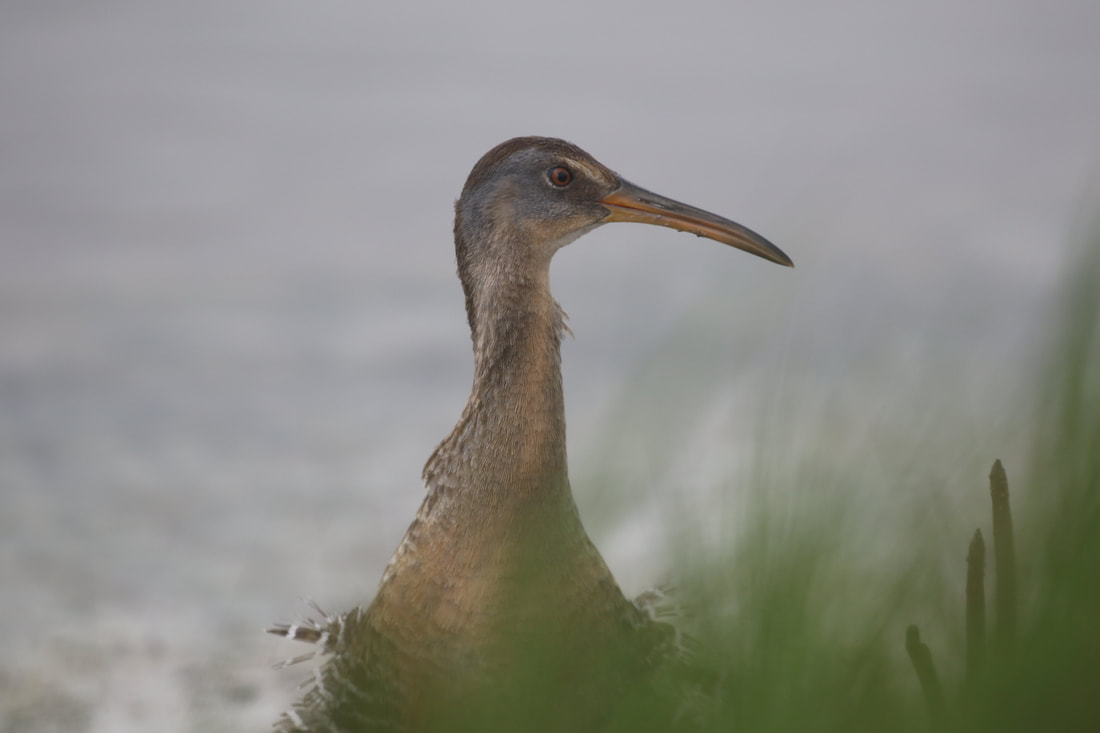
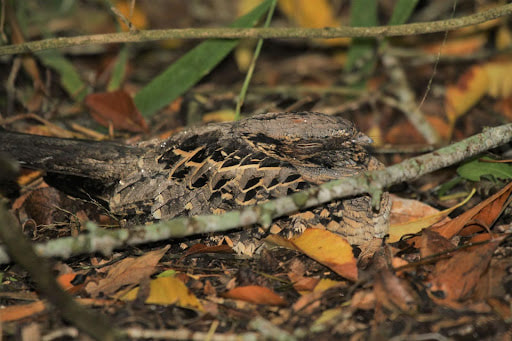

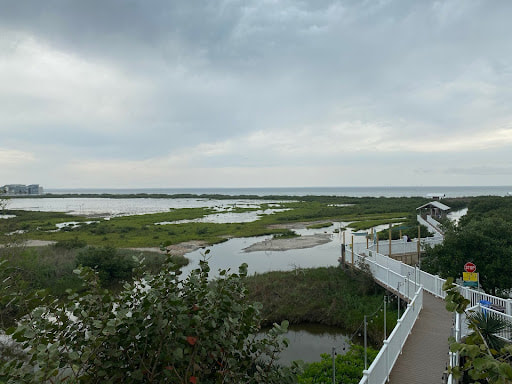
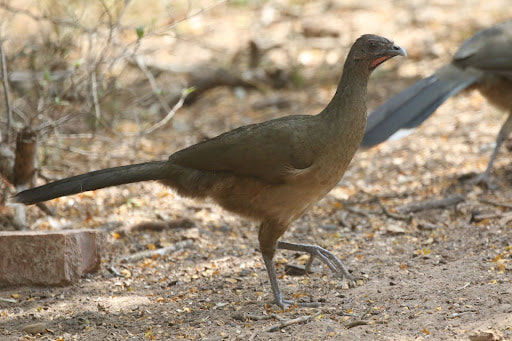

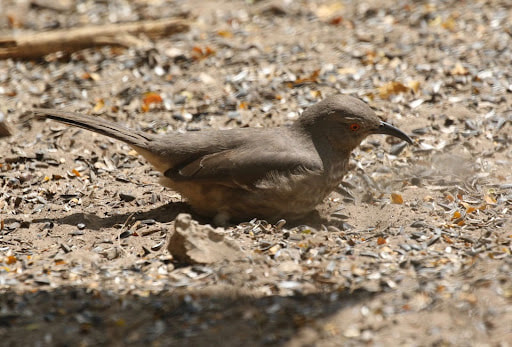


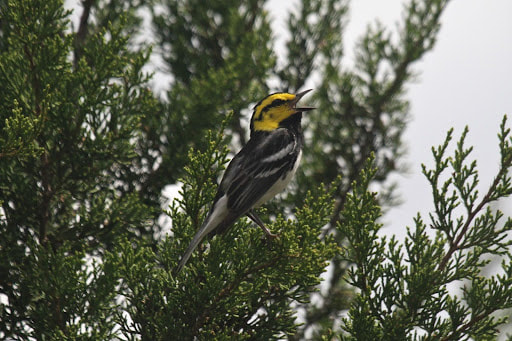
 RSS Feed
RSS Feed